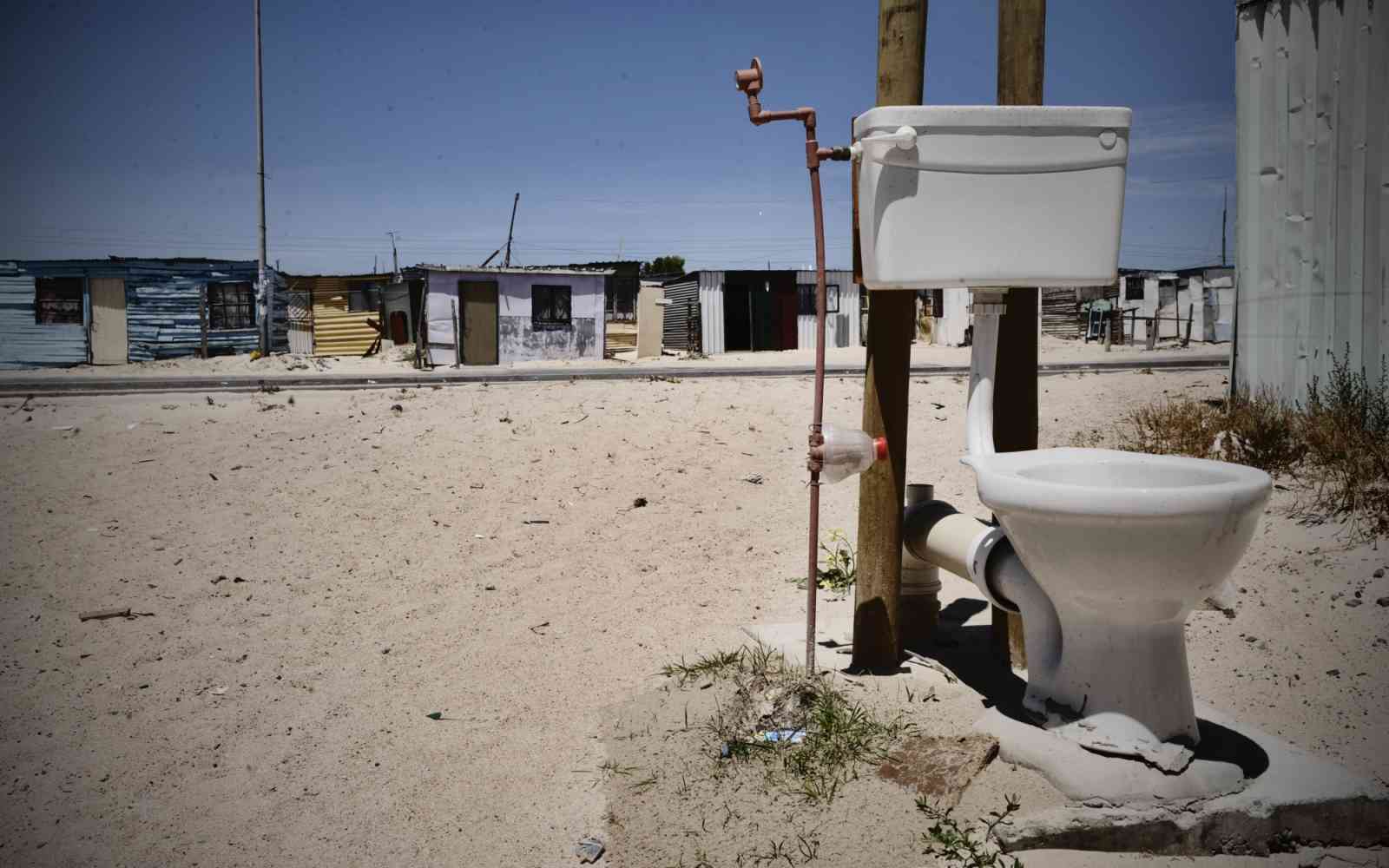The United Nations Office for Project Services (UNOPS)
Pathways to resilience: UNOPS publication supports enhanced infrastructure planning
The new publication aims to strengthen implementation capacity by providing clear and actionable pathways for integrating resilience into national infrastructure planning.
As the world marks International Day for Disaster Risk Reduction, UNOPS has today launched a new publication that aims to equip governments, financiers and infrastructure planners with the knowledge and tools needed to scale up action on sustainable and resilient development.
The publication, ‘Scaling infrastructure resilience: A suite of tools for resilient infrastructure planning’, is the culmination of an analysis of over 75 tools currently available for resilient infrastructure planning. Based on identified partner needs for delivering more effective and risk-informed decision-making, it highlights three key tools identified as being: adaptable – across multiple infrastructure sectors and hazards; scalable – from sub-national to global levels; and easy to adopt. These tools are shown to support risk-informed decision-making and help address loss and damage to public infrastructure caused by shocks and stresses.
“Decision-makers need more than just an awareness of the risks – they need practical, evidence-based tools to navigate them. This publication offers a clear and actionable pathway for integrating resilience into the very core of national infrastructure planning,” said Steven Crosskey, UNOPS Director of Infrastructure and Project Management (a.i).
The resilient infrastructure planning tools highlighted in the publication are:
Global Infrastructure Risk and Resilience Index – commissioned by the Coalition for Disaster Resilient Infrastructure
UNDRR Stress Testing Tool – developed by the UN Office for Disaster Risk Reduction
Systematic Risk Assessment Tool – developed by the University of Oxford
When shocks and stresses – such as climate change and other disaster-related impacts – cause infrastructure loss and damage, they also disrupt essential services and increase operating costs. This causes an estimated global average annual loss of over $700 billion, with 54 per cent of this borne by low- and middle-income countries.
Resilient infrastructure that is built to withstand these impacts can protect lives, minimize economic disruptions and mitigate environmental damage – resulting in a $4 benefit for each $1 invested in resilient infrastructure.
The tools analyzed in the publication aim to ensure investments in key public infrastructure are risk-informed – factoring multiple hazards across and between various infrastructure sectors. The findings will also assist countries to develop and strengthen national infrastructure and climate-related strategies – including their National Adaptation Plans and Nationally Determined Contributions.
“UNOPS is committed to helping strengthen the capacity of governments to speed up and scale up implementation for sustainable and resilient development – building a safer world where no one is left behind, for generations to come,” added Steven Crosskey.











